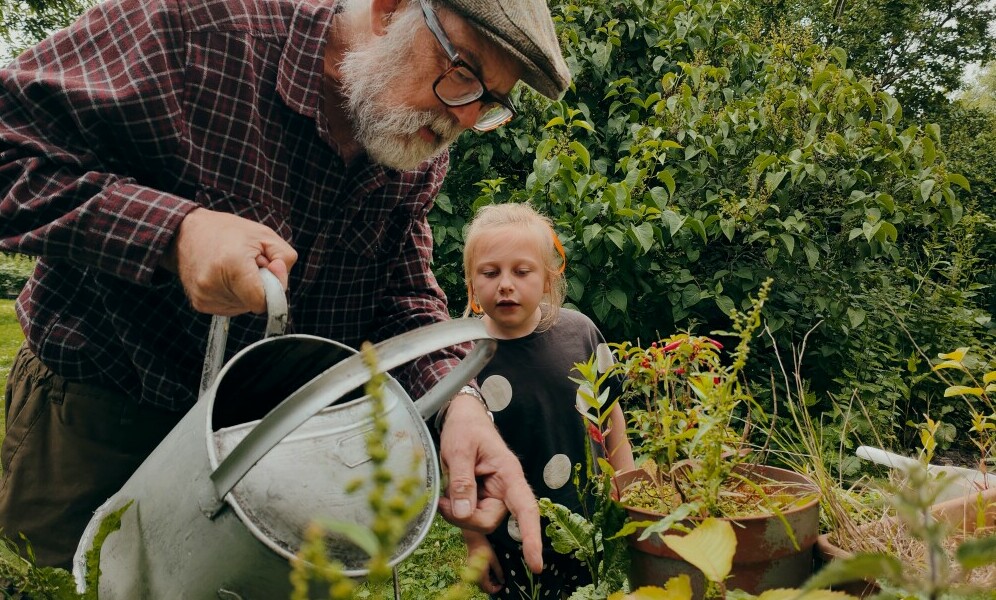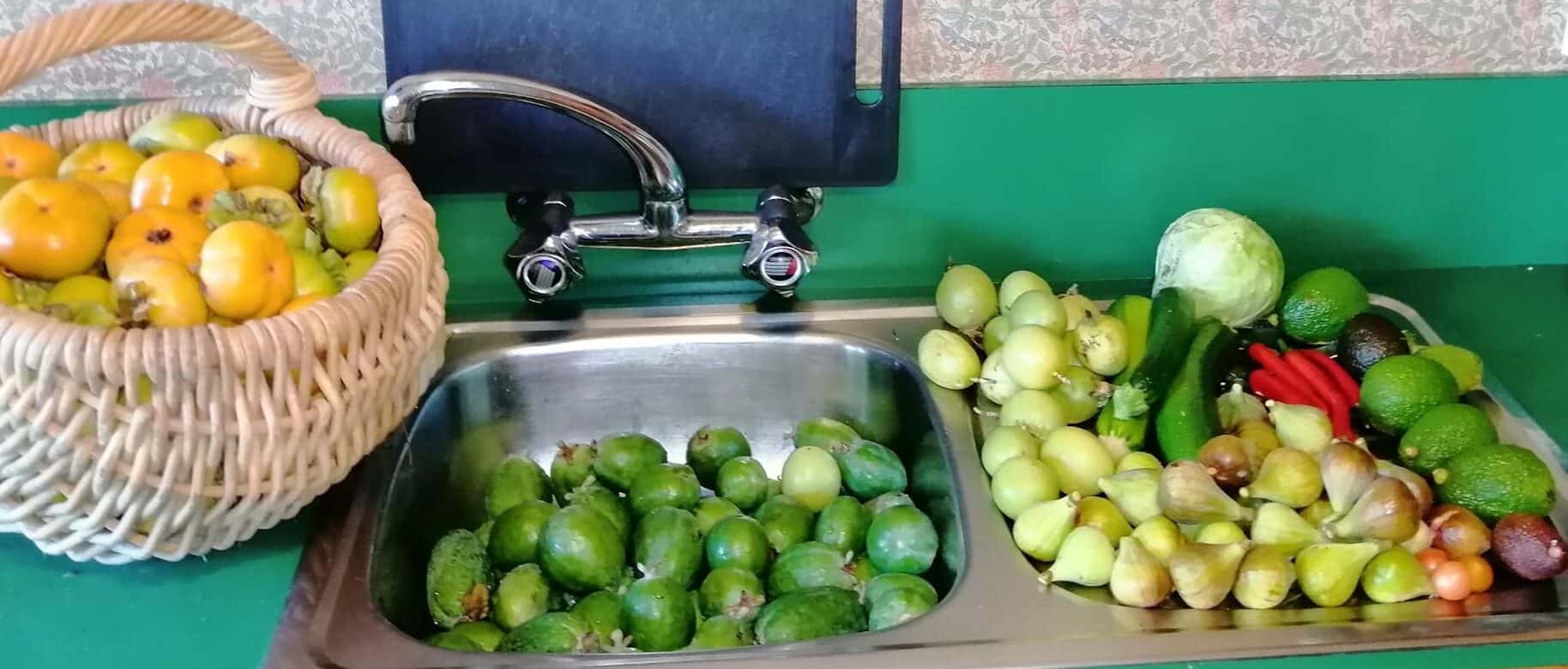
What does sustainable gardening really mean?
At its core, it’s about working with nature to grow plants while keeping an eye on conserving resources and making a positive environmental impact. It’s kind of like being part of a team, where the earth is your number one player.
Jumping into sustainable gardening isn’t just about saving the planet – it’s about creating a healthy, beautiful space that benefits everyone, from you to the local wildlife. You’ll find that reducing waste and promoting biodiversity are all part of this green lifestyle, and who wouldn’t want to enjoy a garden that boosts their mood while being eco-friendly too?
Many people often wonder how sustainable gardening stands apart from traditional or even organic gardening. Well, while traditional methods might lean heavily on synthetic chemicals, sustainable gardening opts for natural solutions. It’s about choosing practices that not only avoid harm but also actively benefit the environment, making your garden a little sanctuary of sustainability.
Sustainable gardening is a journey, an ongoing process of learning and adapting. It’s not about getting it perfect right away but taking those first steps toward an eco-friendlier way of living. And trust me, you’ll learn plenty along the way!

Planning Your Eco-Conscious Garden
Getting started with your sustainable garden might feel a bit like tackling a puzzle. The good news? It’s all about putting together the pieces you already have around you. Start with the location. You want a spot that makes the best use of the resources at hand, whether it’s maximizing sunlight, using the natural slope for drainage, or just a place that’s easy to reach for regular care activities.
Design plays a huge role in taking your garden from good to great. Think about using permaculture principles, which are all about working with nature’s patterns and rhythms. You can also try edible landscaping, a fun way to mix beauty with practicality by including plants you can actually eat!
Now, let’s talk plants. Choosing native species or those that thrive in dry conditions can save you tons of water and reduce the need for extra care. These plants are like veteran garden soldiers – they’ve been around the block and know how to handle the local climate. This approach not only lessens the workload but also supports local ecosystems.
Blending creativity with practicality is your ticket to designing a garden that’s not only sustainable but also visually stunning and rewarding. Remember, this stage is about setting the stage for a garden that works with you, not against you.
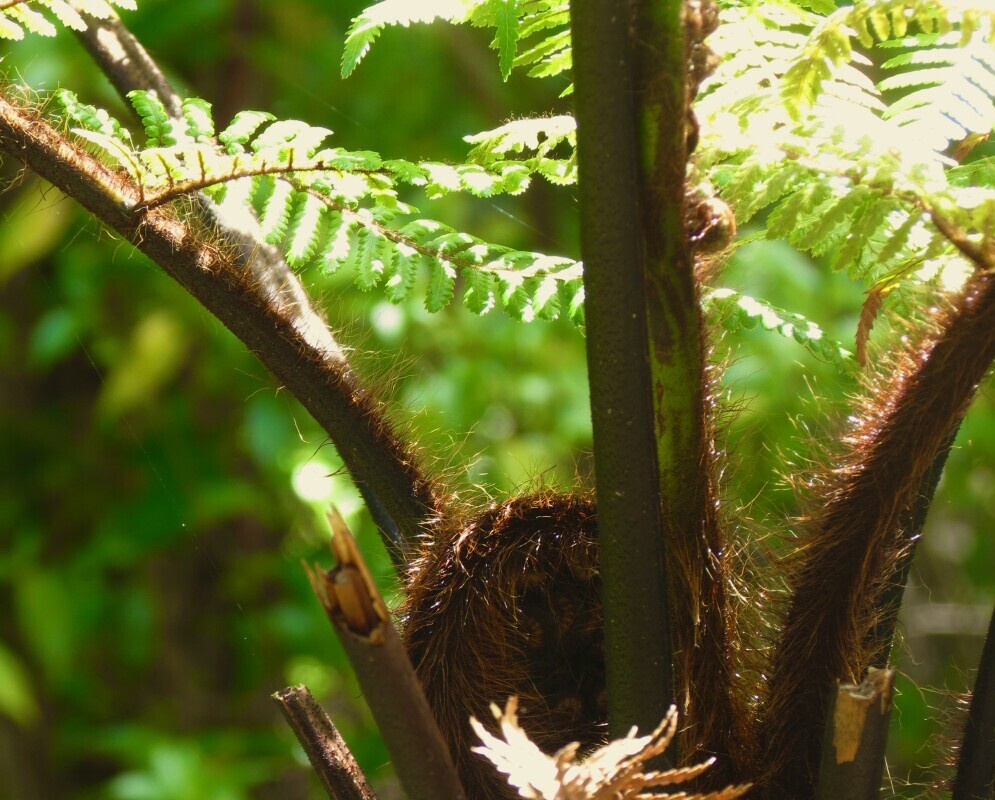
Nurturing the Earth Beneath Your Feet
Starting with the dirt under your feet might seem a bit unglamorous, but believe me, healthy soil is the secret sauce to a thriving sustainable garden. Think of the soil as a living ecosystem, teeming with organisms all doing their part to help your plants grow strong.
One way to rejuvenate tired soil is by using regeneration techniques. No-till methods, for instance, are wonderful because they keep the soil structure intact and help earthworms and microbes do their thing. Planting cover crops can do wonders too, adding essential nutrients back into the soil while preventing erosion.
What about compost? This is where your kitchen scraps turn into garden gold. Composting enriches the soil, improves its ability to retain water, and supports the community of life underground. If you’re looking for other ways to boost your soil’s profile, try using natural amendments like bone meal or greensand – these can provide the extra nutrients your garden craves without a chemical overload.
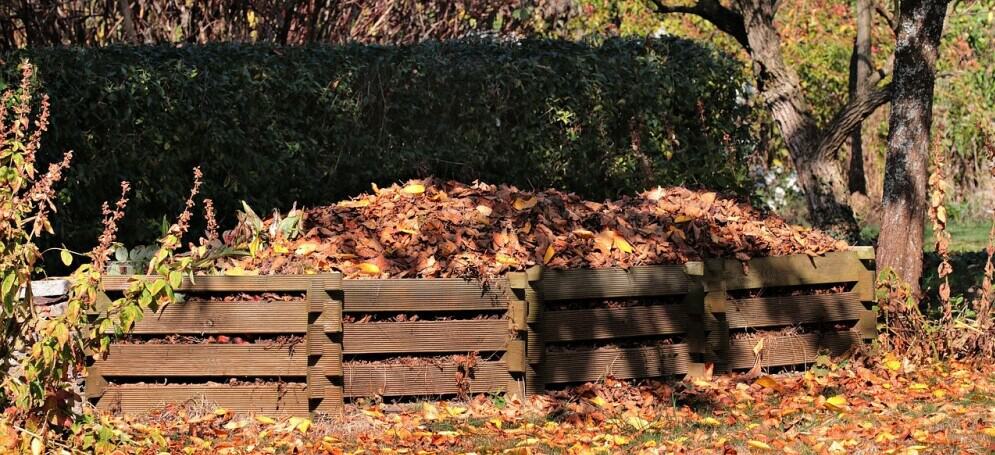
And speaking of chemicals, making a pledge to ditch synthetic fertilizers is a huge win for soil biodiversity. Sticking to organic inputs means you’re encouraging a balance of life in your soil, leading to stronger plants and healthier produce. In this way, you’re not just gardening for today, but for all the tomorrows too.
Eco-Friendly Gardening Tools
When it comes to gardening gear, picking the right tools can make a huge difference to your sustainable journey. Start by looking for tools made from sustainable or recycled materials. Bamboo, for example, is a great choice for handles because it’s renewable and strong.
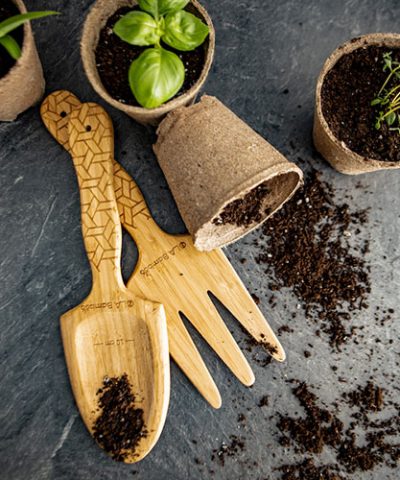
Investing in durable, well-made equipment pays off in the long run. High-quality tools last longer, meaning less waste ends up in landfills. Treat your gear well, and it’ll be there for you season after season, saving both the planet and your wallet.
One easy shift is avoiding plastic wherever possible. Opt for metal watering cans over plastic ones, or choose pots made from terra cotta or other natural materials. Single use isn’t just out of style – it’s out of sync with sustainable practices.
Think about borrowing or sharing tools you don’t regularly use. Community tool libraries or garden groups can cut down on the costs and resources associated with purchasing every tool yourself. Plus, it’s a great way to connect with fellow gardeners.
Choosing eco-friendly tools isn’t just smart – it’s a commitment to a greener way of living. It’s a small change with a big impact, helping to keep your garden (and conscience) green.
Planting and Caring for a Sustainable Garden
Getting your hands dirty is where the magic happens, and there are ways to plant and care for your garden that lean into sustainability. Companion planting, for instance, pairs plants that help each other grow – it’s like starting a garden friendship where everyone benefits. Some plants even act as natural pest barriers, keeping unwanted bugs at bay.
Another fantastic way to embrace sustainability is by setting up an efficient watering system. Drip irrigation is a game changer because it uses less water and delivers it right to the roots where it’s needed most. Collecting rainwater in barrels is another eco-friendly option that keeps the garden hydrated while saving on your water bill.
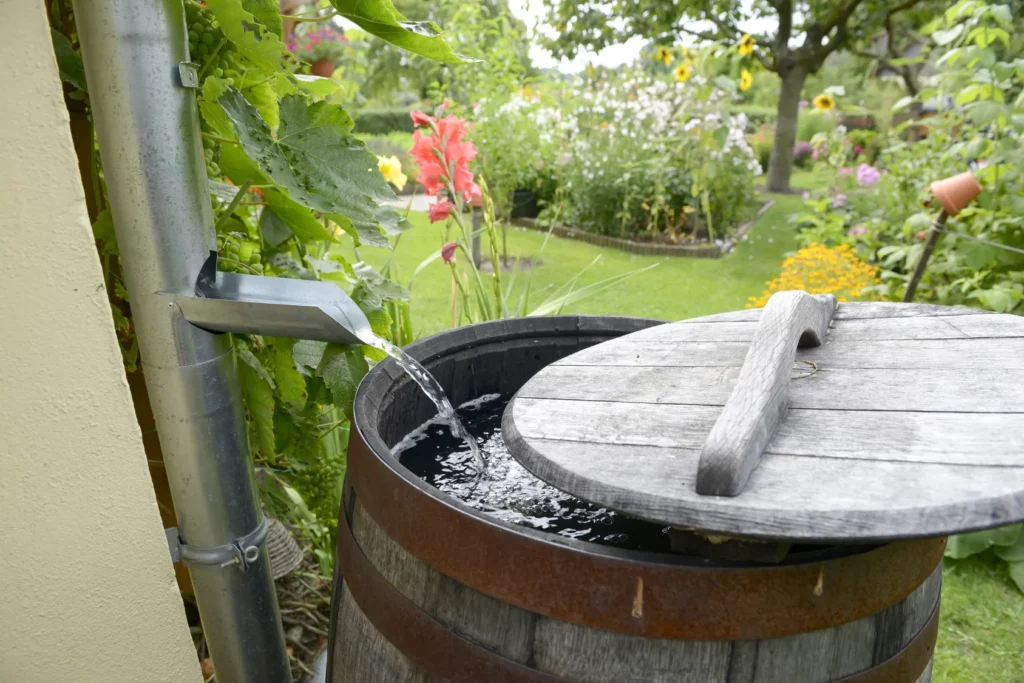
Bringing biodiversity into your garden is also key. Plant a range of flowers to attract pollinators like bees and butterflies. They’ll help your garden thrive while adding a touch of life and color. Encourage beneficial insects by providing a habitat with a variety of plants, turning your garden into a balanced ecosystem.
By nurturing your garden with these tactics, you’re not only cultivating plants – you’re also fostering a full-fledged ecosystem. It’s about taking steps that ensure you’re working alongside nature, creating a garden that’s bountiful and balanced.
Composting and Waste Reduction
Imagine turning what you’d normally toss out into rich, garden-boosting compost. Composting is all about taking those kitchen scraps and garden leftovers and giving them a second life. It’s a simple way to enrich your soil and cut down on waste. Plus, it feels pretty good to see those potato peels doing some good.
Creating your own compost pile doesn’t have to be complicated. A basic mix of greens (like vegetable scraps or coffee grounds) and browns (such as dried leaves or cardboard) is all you need to get started. Keeping it turned and balanced with equal parts greens and browns helps it break down efficiently.
If space is a concern, consider a compact compost bin or even a worm bin. Worms can munch through organic material quickly and without taking up much room. They’re quiet, non-demanding, and they produce a fantastic compost known as worm castings.
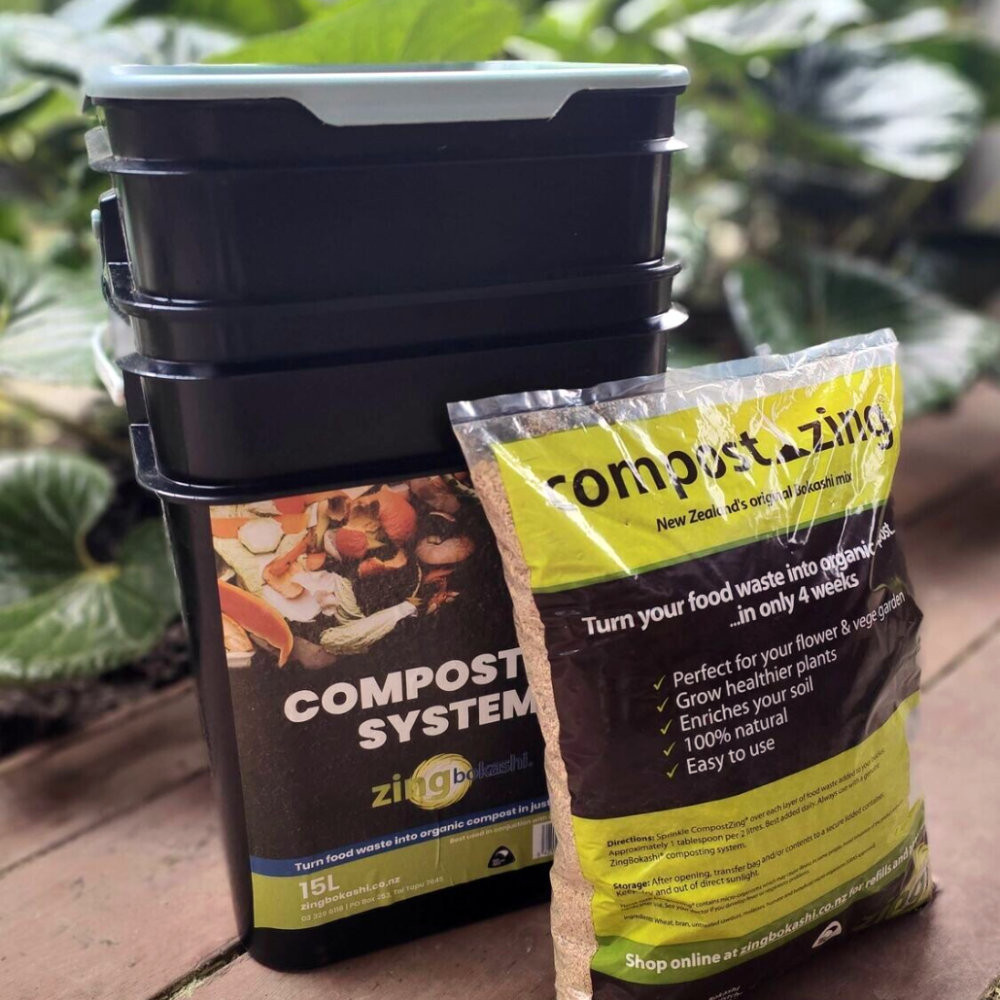
Another neat trick is using mulch made from old leaves or grass clippings. It’s a great way to keep your soil moist and prevent weeds, all the while reducing garden waste. It’s a win-win – you get a tidy garden and less waste heading to the landfill.
By shifting the way, we handle garden and kitchen waste, we not only cut down on what ends up in the trash but also enhance the productivity of our gardens. Every little effort counts towards creating a self-sustaining garden environment.
Mulching and Weed Control
Mulching is a simple gardening trick that does wonders for water conservation and soil health. By laying down a layer of organic material like straw or wood chips, you keep the soil moist and cool, reduce evaporation, and protect those precious plant roots from the scorching heat.
When choosing mulch, go for organic and biodegradable options. These materials break down over time, adding nutrients back into your soil and improving its structure. Plus, they don’t leave behind any pesky plastic remnants like synthetic mulches do.

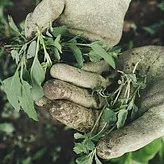
Tackling weeds can be a chore, but eco-friendly methods make it manageable. Manual weeding is effective, and it gets you up close and personal with your plants. For a less labour-intensive approach, consider solarization, which involves covering soil with clear plastic to harness the sun’s power and zap weed seeds.
Using mulch also doubles as a protective shield against weeds. With less light reaching the soil, weeds find it tough to sprout and grow. Pair this with regular weeding, and you’ve got a robust, natural defense against these garden nuisances.
Focusing on these natural strategies keeps chemical herbicides out of the picture, helping you create a garden environment that’s safe and welcoming for all kinds of living creatures. It’s about letting nature give you a hand in keeping things tidy and thriving.
Integrated Pest Management
Keeping pests in check naturally is the name of the game when it comes to sustainable gardening. Integrated Pest Management (IPM) is all about using a variety of tactics to control bugs without resorting to chemicals. It’s like bringing in a team of helpers – think ladybugs and birds – that handle the bug issues for you.
Building an inviting environment for these beneficial creatures is key. Planting a diverse array of flowers can lure in insects that prey on common garden pests. Install birdhouses or provide water sources to attract feathered friends who love to snack on pesky critters.
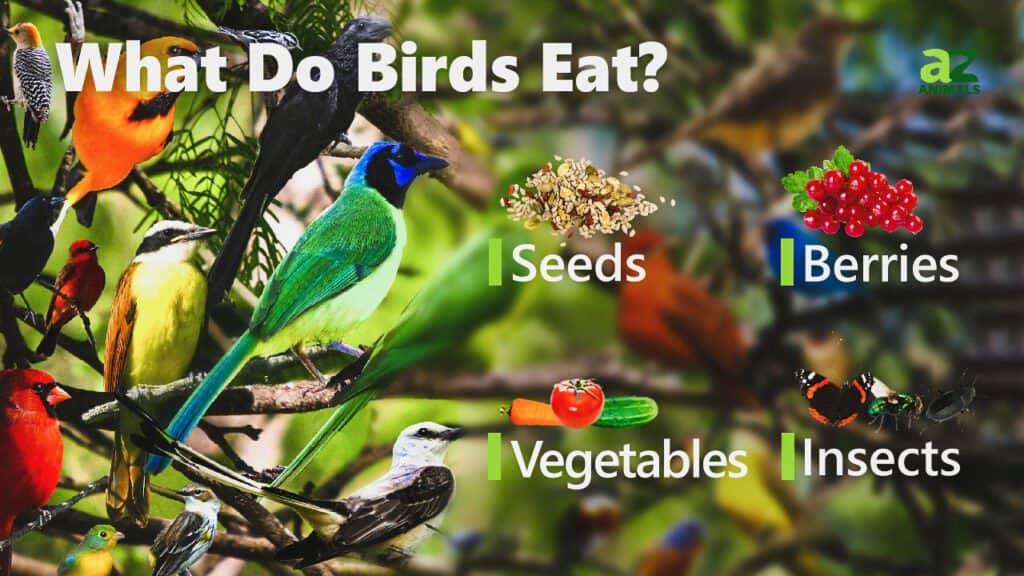
When you need a bit of extra help, organic pest deterrents like garlic spray or neem oil can do the trick without harming your plants or the helpful insects. These natural solutions act as repellents while keeping your garden’s ecosystem intact.
And don’t forget about trap crops – planting a few sacrificial plants can lure pests away from your prize veggies and fruits. Barriers like row covers work wonders too, creating a physical shield that keeps insect intruders at bay.
The idea is to maintain your garden as a balanced ecosystem where every creature plays a part in maintaining harmony. With a little planning, you turn pest management into a natural, ongoing process that supports a flourishing garden.
Efficient Harvesting and Sustainability
When it comes time to enjoy the fruits of your labour, sustainable harvesting practices ensure that your garden stays productive and healthy. Think of this step as your reward for all the hard work, with a little planning to keep things thriving.
Strategic harvesting can do wonders. Picking produce when it’s ripe can stimulate plants to produce more, especially with fast-growing crops like beans or tomatoes. Regular harvesting not only encourages more growth but also gives you the freshest tasting produce.
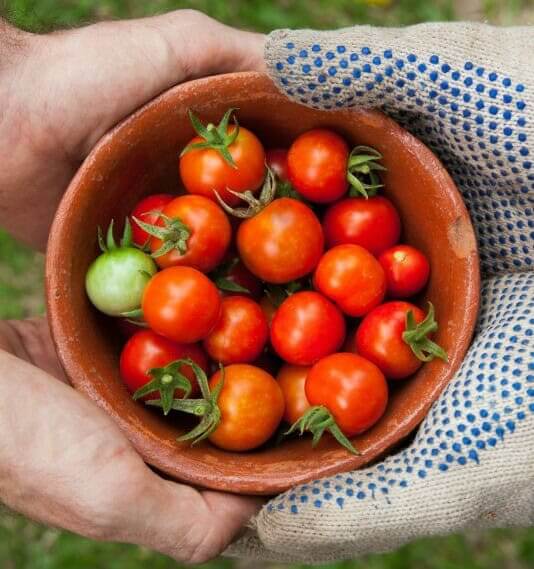
To cut down on food waste, focus on preserving your harvest. Canning, freezing, or drying what you can’t eat right away keeps your produce for the off-season, reducing your grocery bill and providing homegrown flavours all year-round.
Rotating crops also plays a role in long-term garden sustainability. By switching up the plants you grow in a particular spot each season, you help prevent soil nutrient depletion and stop pests and diseases from getting too comfortable.
Using these thoughtful harvesting methods as part of your gardening routine guarantees that you’re getting the most out of your garden while continuing to enrich the soil and maintain a healthy ecosystem. It’s all about striking a balance between taking and giving back.
Expanding Sustainable Practices
Once you’ve got the basics down, you can start exploring more advanced sustainable practices to enhance your garden. Creating a closed-loop system is one exciting option. Think about reusing greywater to hydrate your plants or making compost tea to give them an extra nutrient boost.
Incorporating renewable energy features in your garden is another great step forward. Installing solar lights not only cuts down on energy costs but also keeps your garden lit up and safe without relying on traditional electricity. This eco-friendly touch keeps your nights vibrant while conserving power.
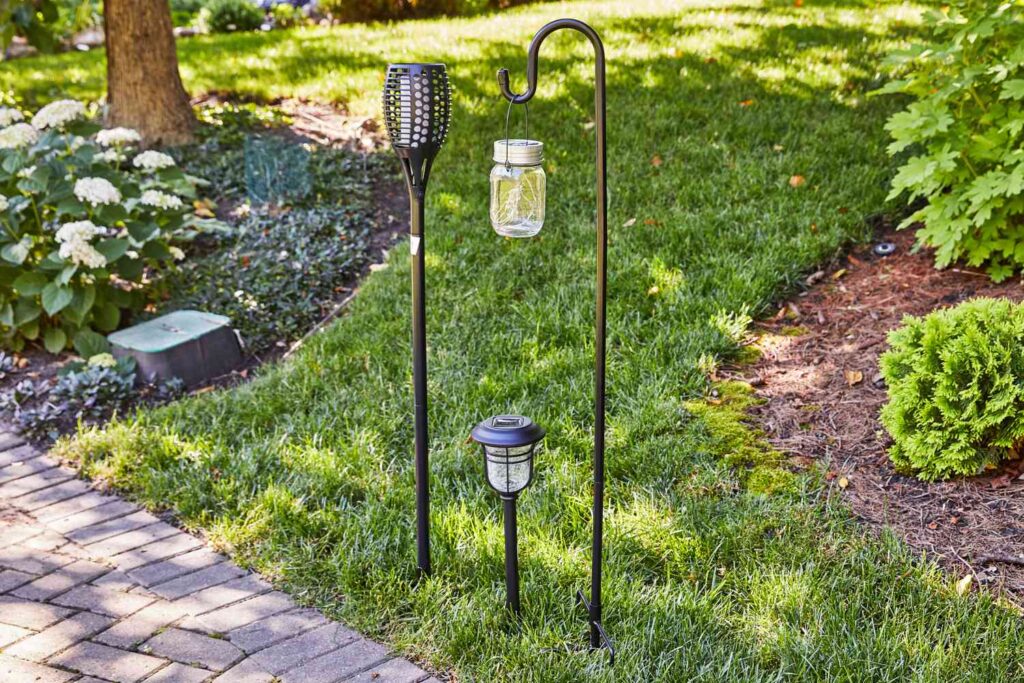
Supporting local ecosystems benefits both your garden and the area’s natural inhabitants. Consider building wildlife habitats or planting trees to provide shelter and food for local bird species and insects. These small additions can create a safe haven for wildlife right in your backyard.
By integrating these practices, you’re not just maintaining a garden, but nurturing a rich ecosystem. Each step you take helps to support a healthy environment, proving that every garden, little or big, can contribute to a more sustainable future.
Resources and Inspiration
Surrounding yourself with the right resources and a bit of inspiration can go a long way in your sustainable gardening adventure. Connecting with local gardening communities or online groups is a fantastic way to share tips, swap seeds and gather advice from fellow enthusiasts who’ve been there and done that.
Dive into books that delve into sustainable gardening practices, offering in-depth insights and inventive techniques. Audiobooks and podcasts are great companions for when you’re hands-deep in the soil, offering new ways of approaching old gardening challenges.
Videos and tutorials provide step-by-step guidance, making it easier to visualize new methods. Watching thriving sustainable gardens from around the globe can spark inspiration and generate fresh ideas to try out in your own green space.
Turning to real-life examples and success stories offers motivation and practical lessons. Seeing how others have transformed ordinary yards into lush, sustainable gardens reminds us that patience and effort lead to rewarding results. Remember, each garden is unique, so let these resources guide you while you create your own perfect haven.
Gardening for the Future
Embracing sustainable gardening is more than just a hobby – it’s a step towards a healthier planet. The actions you take in your garden ripple outwards, contributing to a more balanced environment and showing just how impactful individual efforts can be.
Every time you choose eco-friendly practices, you’re creating a positive change, reinforcing that sustainability isn’t just a trend but a lifestyle choice that pays dividends in the long run. Your garden becomes a testament to what’s possible when we prioritize mother earth in our everyday activities.
As you continue to garden with sustainability in mind, draw inspiration from the community around you and keep pushing boundaries. Explore new techniques, revisit old ones, and enjoy the journey. Each plant that you nurture, each eco-conscious choice that you make, are seeds sown for future generations.
Let success stories of other sustainable gardeners encourage you. Their experiences show how dedication to the earth transforms not just landscapes, but lives. Embrace the knowledge that every blossom, every leaf you nurture is a step toward a flourishing future.
Related Article
Brought to you by Eco TIGA – Your Friendly Guide to Eco-Friendly Living
Affiliate Disclosure:
Some of the links in this post may be affiliate links. This means if you click on the link and make a purchase, I may earn a small commission – at no extra cost to you. Rest assured, I only recommend products or services I truly believe in and think you’ll find valuable. Thank you for supporting ecotiga.com and helping me continue to provide helpful content.

